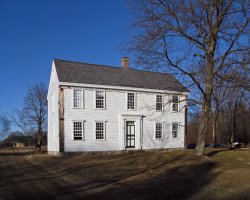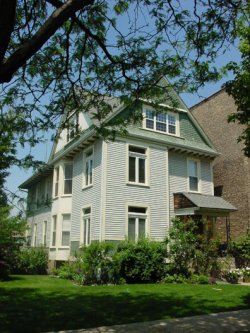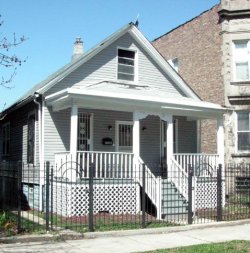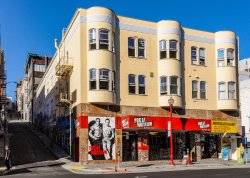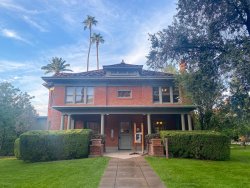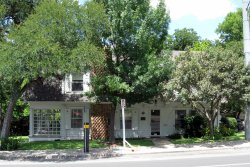Multnomah County Central Library
What is now Multnomah County Library dates its existence from 1864, a time when Portland, Oregon, was a frontier town with frame buildings, muddy streets, and few sidewalks. A small group of citizens met to establish a subscription library and reading room, organizing under the name “Library Association of Portland.”









